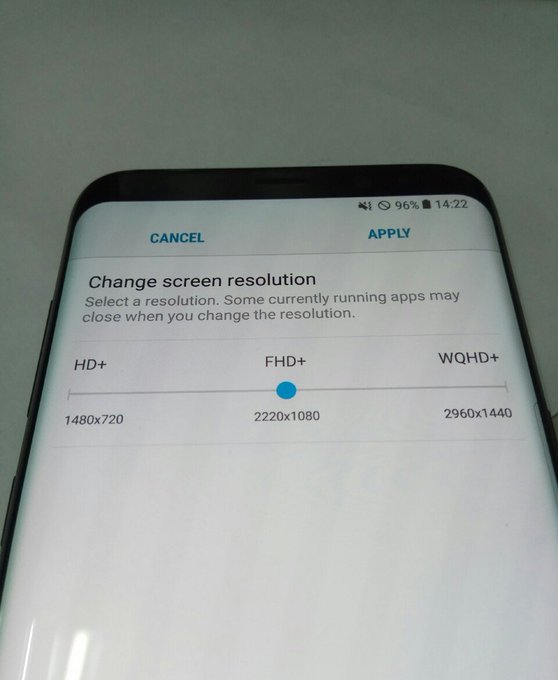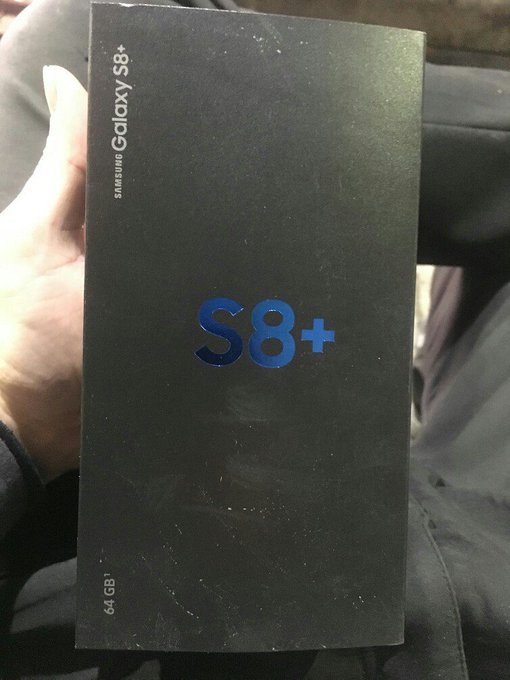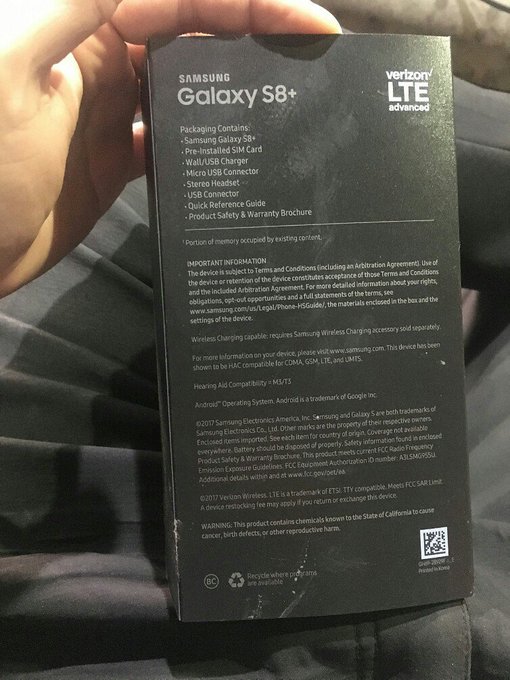Advances at Google, Intel, and several research groups indicate that computers with previously unimaginable power are finally within reach.
Availability: 4-5 years
__________________________________________
One of the labs at QuTech, a Dutch research institute, is responsible for some of the world’s most advanced work on quantum computing, but it looks like an HVAC testing facility. Tucked away in a quiet corner of the applied sciences building at Delft University of Technology, the space is devoid of people. Buzzing with resonant waves as if occupied by a swarm of electric katydids, it is cluttered by tangles of insulated tubes, wires, and control hardware erupting from big blue cylinders on three and four legs.
Inside the blue cylinders—essentially supercharged refrigerators—spooky quantum-mechanical things are happening where nanowires, semiconductors, and superconductors meet at just a hair above absolute zero. It’s here, down at the limits of physics, that solid materials give rise to so-called quasiparticles, whose unusual behavior gives them the potential to serve as the key components of quantum computers. And this lab in particular has taken big steps toward finally bringing those computers to fruition. In a few years they could rewrite encryption, materials science, pharmaceutical research, and artificial intelligence.
Every year quantum computing comes up as a candidate for this Breakthrough Technologies list, and every year we reach the same conclusion: not yet. Indeed, for years qubits and quantum computers existed mainly on paper, or in fragile experiments to determine their feasibility. (The Canadian company D-Wave Systems has been selling machines it calls quantum computers for a while, using a specialized technology called quantum annealing. The approach, skeptics say, is at best applicable to a very constrained set of computations and might offer no speed advantage over classical systems.) This year, however, a raft of previously theoretical designs are actually being built. Also new this year is the increased availability of corporate funding—from Google, IBM, Intel, and Microsoft, among others—for both research and the development of assorted technologies needed to actually build a working machine: microelectronics, complex circuits, and control software.
The project at Delft, led by Leo Kouwenhoven, a professor who was recently hired by Microsoft, aims to overcome one of the most long-standing obstacles to building quantum computers: the fact that qubits, the basic units of quantum information, are extremely susceptible to noise and therefore error. For qubits to be useful, they must achieve both quantum superposition (a property something like being in two physical states simultaneously) and entanglement (a phenomenon where pairs of qubits are linked so that what happens to one can instantly affect the other, even when they’re physically separated). These delicate conditions are easily upset by the slightest disturbance, like vibrations or fluctuating electric fields.
This blue refrigerator gets down to just above absolute zero, making quantum experiments possible on tiny chips deep inside it. In subsequent photos are scenes from the Delft lab where the experiments are prepared.
People have long wrestled with this problem in efforts to build quantum computers, which could make it possible to solve problems so complex they exceed the reach of today’s best computers. But now Kouwenhoven and his colleagues believe the qubits they are creating could eventually be inherently protected—as stable as knots in a rope. “Despite deforming the rope, pulling on it, whatever,” says Kouwenhoven, the knots remain and “you don’t change the information.” Such stability would allow researchers to scale up quantum computers by substantially reducing the computational power required for error correction.
Kouwenhoven’s work relies on manipulating unique quasiparticles that weren’t even discovered until 2012. And it’s just one of several impressive steps being taken. In the same lab, Lieven Vandersypen, backed by Intel, is showing how quantum circuits can be manufactured on traditional silicon wafers.
What Is a Quantum Computer?
At the heart of quantum computing is the quantum bit, or qubit, a basic unit of information analogous to the 0s and 1s represented by transistors in your computer. Qubits have much more power than classical bits because of two unique properties: they can represent both 1 and 0 at the same time, and they can affect other qubits via a phenomenon known as quantum entanglement. That lets quantum computers take shortcuts to the right answers in certain types of calculations.
Quantum computers will be particularly suited to factoring large numbers (making it easy to crack many of today’s encryption techniques and probably providing uncrackable replacements), solving complex optimization problems, and executing machine-learning algorithms. And there will be applications nobody has yet envisioned.
_____________________________________________________________________
Practical Quantum Computers
Breakthrough
The fabrication of stable qubits, the basic unit of quantum computers.
Why it Matters
Quantum computers could be exponentially faster at running artificial-intelligence programs and handling complex simulations and scheduling problems. They could even create uncrackable encryption.
Key Players
- QuTech
- Intel
- Microsoft
- IBM
Availability
4-5 years
Soon, however, we might have a better idea of what they can do. Until now, researchers have built fully programmable five-qubit computers and more fragile 10- to 20-qubit test systems. Neither kind of machine is capable of much. But the head of Google’s quantum computing effort, Harmut Neven, says his team is on target to build a 49-qubit system by as soon as a year from now. The target of around 50 qubits isn’t an arbitrary one. It’s a threshold, known as quantum supremacy, beyond which no classical supercomputer would be capable of handling the exponential growth in memory and communications bandwidth needed to simulate its quantum counterpart. In other words, the top supercomputer systems can currently do all the same things that five- to 20-qubit quantum computers can, but at around 50 qubits this becomes physically impossible.
All the academic and corporate quantum researchers I spoke with agreed that somewhere between 30 and 100 qubits—particularly qubits stable enough to perform a wide range of computations for longer durations—is where quantum computers start to have commercial value. And as soon as two to five years from now, such systems are likely to be for sale. Eventually, expect 100,000-qubit systems, which will disrupt the materials, chemistry, and drug industries by making accurate molecular-scale models possible for the discovery of new materials and drugs. And a million-physical-qubit system, whose general computing applications are still difficult to even fathom? It’s conceivable, says Neven, “on the inside of 10 years.”
Get stories like this before anyone else looks, subscribe now below👇
Questions or Additions? Comment below
Thanks









































